Often, in a strawberry plot with insufficient care, bushes appear that do not produce berries or do not bloom at all. These are the so-called weed varieties (the term is widely used in the specialized literature). Although this name is very arbitrary: no one specifically bred these varieties, but since each of them has certain characteristics that distinguish it from other strawberry bushes, then they are called varieties.
Where do they come from?
The main sources of weed varieties appearing on a plot are seed propagation of strawberries and planting of runners of unknown origin.
- Those who are trying to propagate their varietal strawberries with seeds should know that plants grown from seeds do not retain varietal characteristics. With this method of propagation, the risk of weed varieties appearing on the plot is very high. Propagation of strawberries by seeds always means degradation of varietal characteristics and a return to the original wild state.
- Weed varieties appear on the beds even if there are unpicked ripe berries on the bushes (pecked by birds, rotten or simply very small fruits). The seeds are spread throughout the plantation and, germinating, give rise to weedy strawberry plants, which, in turn, multiplying with tendrils, suppress varietal strawberries, since they are more powerful than them, and their reproduction rate is much higher.
- Another way weeds appear in varietal strawberry plantings is through mustaches. Strawberries bear fruit for 3-4 years, then the ability to bear fruit disappears. The bushes themselves live up to 20 years and continue to produce whiskers throughout their lives. The mustache fully conveys all the characteristics of the mother plant. Bushes older than 10-12 years completely lose varietal characteristics, and the mustache inherits only those qualities that are inherent in the mother plant at this stage of growth. Young rosettes taken from such plants will grow well, but will not produce a harvest.
- "Mustache from the neighbors." Those who take seedlings from their neighbors in the country must be completely sure that the bushes from which the planting material is taken actually bear fruit and produce a good harvest. Otherwise, you can introduce weed varieties into your plantation.The neighbor's plot may be clogged, and the tendrils of weeds and varietal bushes may be mixed up. This happens especially often in dense plantings and neglected strawberry plantations.
Since strawberry varieties are the result of selection, violation of the rules of their propagation and cultivation leads to degradation and wilding of cultivated varieties. In amateur gardening, strawberries are propagated only by tendrils and by dividing the bush. When grown from seeds, a wild plant grows, resistant to environmental factors, but sterile.
Classification of weed varieties
There are 4 known strawberry weed varieties. They are distinguished by rapid growth, aggressive bean formation, immunity to disease, lack of yield or a small number of small, misshapen berries.
Bakhmutka. At the beginning of summer, a small number of flower stalks appear and produce very few small, sour, ugly berries. No amount of feeding can correct the situation. The bushes are powerful, highly spreading, with a dense head of foliage; the leaves are large, pubescent, light green. The formation is very strong.
Suspension. The bushes are powerful, medium-sized, densely leafy. The leaves are large, dark green, their edges slightly curve inward. The whisker formation is strong, the whiskers are powerful and take root quickly. The berries are dark red, elongated, very small, with loose pulp. Strawberries are very wrinkled when picked. Peduncles with ripe berries never die.
Blind Man's Bluff. The weed does not produce berries. It forms a sufficient number of peduncles, but 1-2 days after the start of flowering the flowers close. As a result, fruit set does not occur. The bushes are powerful with dense foliage. The formation is very strong.
Dubnyak. Strawberries don't bloom. The bushes are very powerful, strong, tall. The leaves are large, dark green, the foliage cap is dense.This weed variety is characterized by very aggressive tendril formation: in one season, 1 plant can produce up to 1000 tendrils. The mustache is strong, powerful, takes root very quickly and immediately begins to grow a mustache. Spears of shoots appear daily.
Since all weeds are, in fact, wild animals, any agricultural practices, especially fertilizing, greatly increase the growth of the weeds and do not in any way affect the yield and quality of the fruit. Weedy strawberries devote all their energy to producing mustaches.
How to deal with weeds in a strawberry plantation
To identify weed varieties, the plantation is carefully inspected twice a season and the variety is cleaned. The first inspection is carried out during strawberry flowering, when Dubnyak (does not bloom) and Zhmurka (flowers are closed, fruits are not set) are clearly visible.
The second time, variety cleaning is carried out during the harvest period. At this time, you can easily identify Bakhmutka and Pendant by the characteristic small, ugly shape of the berries and their sour taste.
Dubnyak, in addition, can be easily distinguished from varietal strawberries at any time of the year by the number of tendrils it produces. Its bushes are more powerful and taller than any varietal plant.
All identified weedy strawberry bushes are removed from the plot.
To prevent the appearance of weed varieties, the remaining overripe berries are collected, and rotten and small fruits are also collected. There should not be a single berry left on the plantation after harvesting.
Some useful tips
- Any varietal strawberry produces a harvest in the first year. It may be small, but it is there. If there are no berries on a strawberry bush in the first year, then there will be none.
- For any variety of strawberry, the first berries are always relatively large and sweeter than those of mass harvest.Weed varieties have the first and last berries of the same size and taste.
- Varietal strawberries respond to fertilizing with an increase in yield, while weeds respond to increased weed formation.
- The variety does not tolerate thickened planting. Weeds, on the contrary, feel great in the thickets of strawberry bushes; they themselves contribute to the overgrowth of the beds.
If weed varieties are found on a strawberry plantation, they are mercilessly removed. And you shouldn’t think that the bush is still young, but next year... Next year the situation will only get worse: the bush will be even more powerful, there will be even more mustaches, but the fruits will not appear. Yes, weeds attract attention with their powerful, healthy bushes, they are not affected by diseases and look decorative throughout the season. But they themselves do not produce a harvest, and, in addition, they displace cultivated varieties from the plantation.
Looking for strawberries for your garden? Then this is for you:
- Repair strawberry. Only proven varieties
- The best varieties of strawberries with photographs and descriptions. New, promising and productive.
- Strawberry Elizaveta and Elizaveta 2 description and reviews. How do these varieties differ and which one should you choose?
- Strawberry Gigantella Maxim. Consider whether it is worth planting.
- Strawberries Festival, reviews and care recommendations. Indestructible Festival, why it is still loved by gardeners.
- Asia description of the variety. Capricious Asia, how to grow it.
- Lord description of the variety. An unpretentious and productive Lord.
- Strawberry Honey. An undemanding and productive variety, but more suitable for processing.
- Vima Kimberly: description and agricultural technology. A universal strawberry, loved by gardeners in all regions.
- Clery: description of the variety, reviews and brief agricultural technology. Strawberries that love the sun very much.
- Alba strawberries: description, reviews and agricultural technology. A very good variety for sale in the market.
 
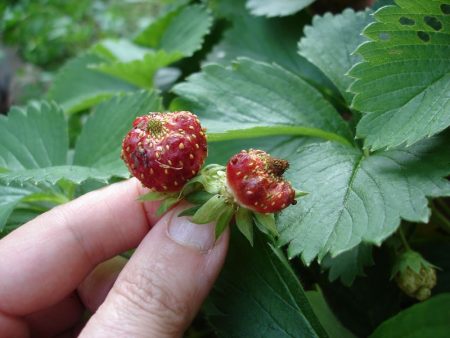
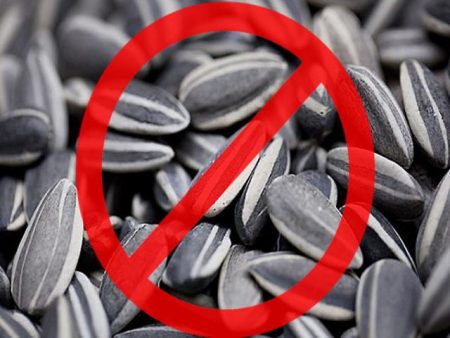
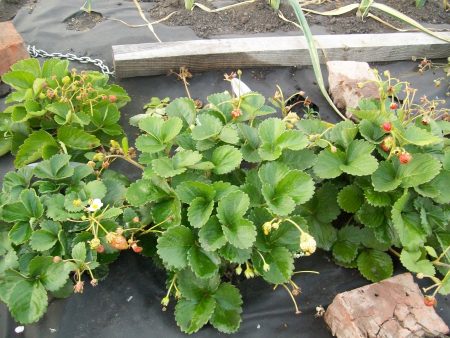
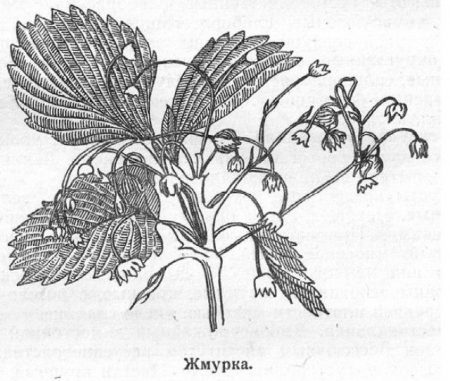
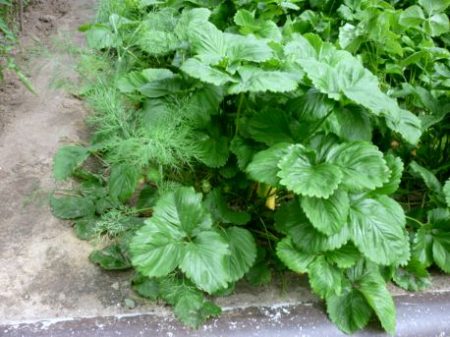
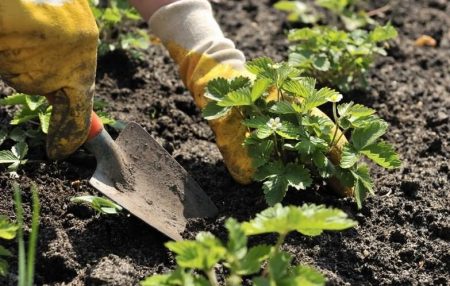

 (13 ratings, average: 4,54 out of 5)
(13 ratings, average: 4,54 out of 5) CUCUMBERS NEVER GET SICK, I'VE BEEN USING ONLY THIS FOR 40 YEARS! I SHARE A SECRET WITH YOU, CUCUMBERS ARE LIKE THE PICTURE!
CUCUMBERS NEVER GET SICK, I'VE BEEN USING ONLY THIS FOR 40 YEARS! I SHARE A SECRET WITH YOU, CUCUMBERS ARE LIKE THE PICTURE! You can dig a bucket of potatoes from each bush. Do you think these are fairy tales? Watch the video
You can dig a bucket of potatoes from each bush. Do you think these are fairy tales? Watch the video
 How our fellow gardeners work in Korea. There is a lot to learn and just fun to watch.
How our fellow gardeners work in Korea. There is a lot to learn and just fun to watch. Eye trainer. The author claims that with daily viewing, vision is restored. They don't charge money for views.
Eye trainer. The author claims that with daily viewing, vision is restored. They don't charge money for views. A 3-ingredient cake recipe in 30 minutes is better than Napoleon. Simple and very tasty.
A 3-ingredient cake recipe in 30 minutes is better than Napoleon. Simple and very tasty. Therapeutic exercises for cervical osteochondrosis. A complete set of exercises.
Therapeutic exercises for cervical osteochondrosis. A complete set of exercises. Which indoor plants match your zodiac sign?
Which indoor plants match your zodiac sign? What about them? Excursion to German dachas.
What about them? Excursion to German dachas.